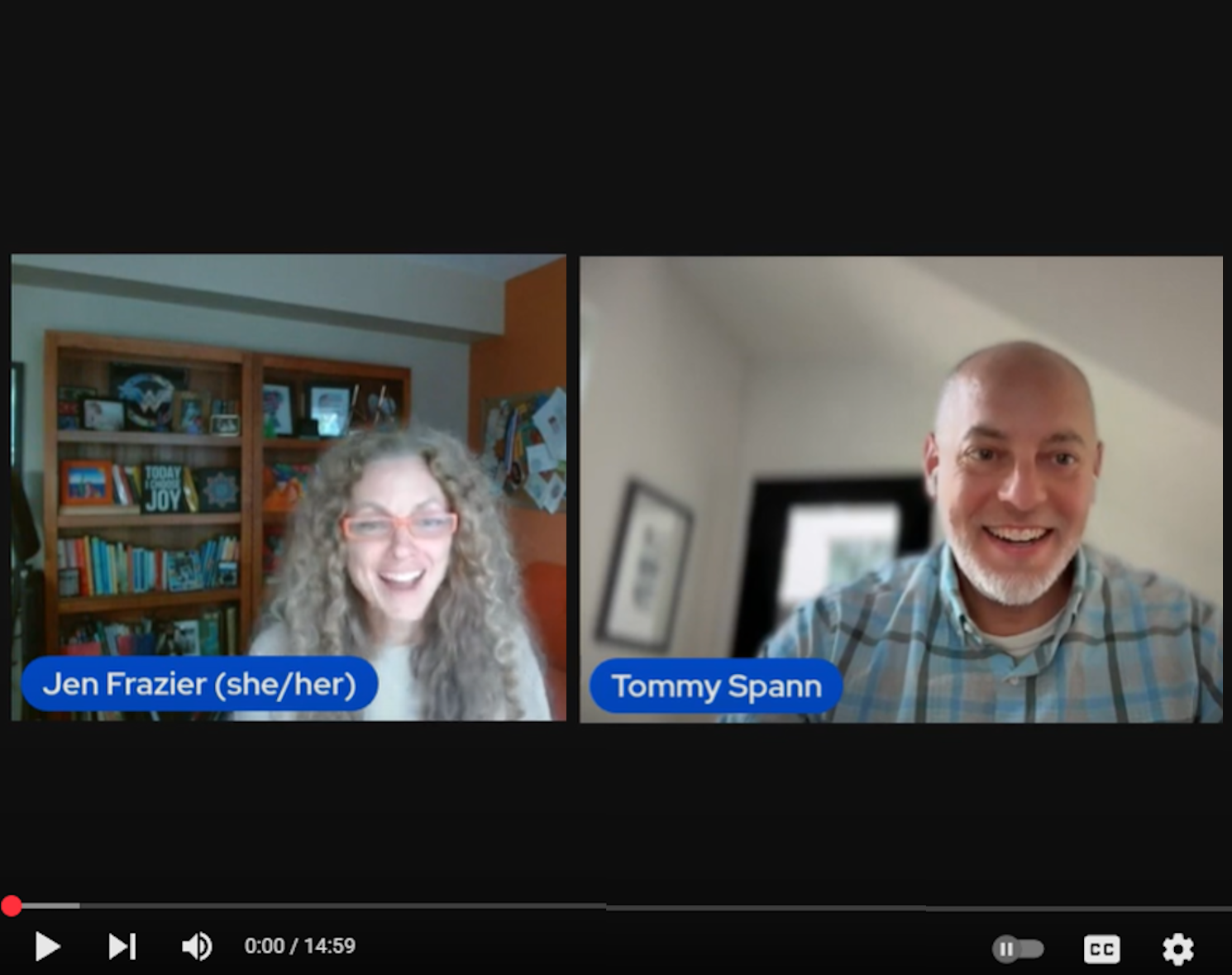Before You Plug in the Robots: What Nonprofits Need to Get AI-Ready


AI isn’t great at your job, but it can help streamline operations if your team has the right foundation. These two UnTangled episodes break it down.
Artificial intelligence has entered the mainstream of nonprofit discourse. Whether in boardrooms, on Slack channels, or at sector conferences, leaders are asking what AI means for their teams, how it might support their missions, and where to begin.
I’ve seen these patterns before. When a new technology trend gains traction, there’s often a scramble to implement tools without first establishing the strategic, operational, and cultural readiness necessary to make those tools effective. That’s why we launched our LinkedIn Live series, UnTangled, to create space for honest conversations about what nonprofit teams need to succeed in today’s evolving digital landscape.
In our first two episodes, we focused on AI.
Episode one explored whether AI is truly “coming for our jobs,” with longtime nonprofit technology expert Tommy Spann. Episode two, with Brad Caldana from the Center for Digital Strategy, examined the organizational mindset shifts required for nonprofits to use AI effectively and ethically.
Below, we’ve recapped key themes from both conversations, offering not just abstract insights but also practical guidance for teams beginning to explore AI or wondering whether it’s the right time to start.
What AI Can and Can’t Do for Your Team
AI tools are increasingly capable of handling repetitive, rules-based tasks: summarizing meeting notes, cleaning up data, generating first drafts of emails, or identifying patterns in supporter behavior. These use cases can reduce manual workload and free up staff capacity for higher-level thinking.
But AI isn’t a replacement for human intelligence. It doesn’t understand your mission, your supporters, or the historical context of your work. It can’t make strategic decisions, interpret nuance, or build the trust that underpins successful relationships.
Tommy Spann framed it this way:
“AI saved me a ton of time and helped me prepare. But it’s the human intelligence that’s actually going to get the gift.”
This distinction is critical: AI is a tool, not a strategy. And without the right foundation, it can lead to confusion rather than improve outcomes.
The Risk of Adopting AI Too Quickly
Many nonprofits are experimenting with AI by deploying it for content generation or donor segmentation. But these efforts often happen in isolation, disconnected from broader strategy and systems. As Brad Caldana emphasized, jumping into AI without clear structure or cross-functional coordination can backfire:
“Most orgs treated digital as an add-on. What they missed was the shift: ‘How do we adapt who we are to use this tool well?”
AI implementation requires more than tools and prompts. It demands clarity about roles and responsibilities, defined workflows, clean and accessible data, and engagement platforms that are integrated and properly configured.
Without that foundation, AI is likely to increase noise, not drive results. Successful adoption depends on the groundwork—something many teams overlook in the urgency to catch up.
Building Toward AI-Readiness
From both conversations, a clear framework emerged for what nonprofits need to do before adopting AI at scale:
- Clarify Your Audiences
Know who you’re trying to reach and what you want from those interactions. AI-generated content is only useful if it’s relevant to specific segments.
- Strengthen Your Positioning
Without a clear sense of what your organization stands for, AI tools can generate off-brand or diluted messaging. Use positioning work to shape how AI supports your voice.
- Map and Refine Workflows
Identify which tasks AI can assist with and where human oversight is essential. Start by looking at repeatable processes with clear inputs and outputs.
- Audit Your Tools and Data
AI can only work with what it has access to. That means your CRM, email tools, and analytics platforms need to be synced, your data needs to be clean, and your teams need shared visibility.
- Train Your Team
Give your staff the guidance they need to experiment thoughtfully, understand AI’s limitations, and apply its outputs with critical thinking.
This work isn’t about becoming an AI-first organization. It’s about becoming an AI-ready one—aligned, focused, and strategic about where to invest time and attention.
At Firefly Partners, we help nonprofit teams do just that. We build roadmaps that reflect your organizational goals, and we work with you to implement the steps needed to make meaningful, lasting improvements across teams, tools, and strategies. We don’t just help you prepare for AI. We help you adopt it strategically when your team is ready.
Watch the Conversations
Episode 1: Is AI Coming for My Job?
With guest Tommy Spann, we talk about:
- The difference between generative and agentic AI
- Where AI can support fundraising and engagement
- How nonprofit teams can get the most from AI tools without fear
Episode 2: Mindset Shifts for the AI Era
With guest Brad Caldana, we dive into:
- The “innovation mindset” modern nonprofits need
- Why strategy still matters more than the tools
- Easy ways to start using AI today (without getting overwhelmed)
Want to Talk About Your Team’s AI Readiness?
If your team is exploring how AI fits into your work (or if you’re not sure where to begin) we’d love to help. We’ll meet you where you are, build a roadmap that aligns with your mission, and walk alongside you as you implement real change.
Thanks! You’ll hear back within 48 business hours
In the meantime, why not check out our latest case study?

Whether you need help with a project, want to learn more about us, or just want to say hi, you’ve come to the right place.



